Dhaka, May 02 (V7N) – Today marks the 104th birth anniversary of Oscar-winning filmmaker and cultural icon Satyajit Ray, one of the greatest auteurs in the history of cinema. Born on May 2, 1921, in Kolkata, Ray maintained deep ancestral and emotional ties with Bangladesh throughout his life.
His roots trace back to Masua village in Kishoreganj district, where his grandfather, Upendrakishore Ray Chowdhury, was born. A brilliant student, Upendrakishore passed the matriculation exam from Mymensingh Zilla School with a scholarship before moving to Kolkata for higher studies at Presidency College. Despite relocating, his connection with Bengal’s eastern region remained intact—a bond later inherited by Satyajit Ray.
Satyajit’s father, Sukumar Ray, also maintained ties with Bangladesh, particularly through Satyajit’s maternal family who lived on Ranking Street in Wari, Dhaka. Though Ray lost his father at the age of two and a half, these cross-border familial connections endured.
A man of many talents, Ray was a filmmaker, writer, illustrator, music composer, and graphic designer. In 2004, he was ranked 13th on the BBC’s list of the Greatest Bengalis of All Time.
Ray began his career in 1943 at the British-run advertising agency D.J. Keymer, where he worked for 13 years and eventually rose to a senior position. During this time, he designed numerous advertisements, logos—including the iconic Nandan Cinema logo—and several unique typefaces such as Ray Roman, Ray Bizarre, Daphnis, and Holiday Script. He also created several innovative Bengali fonts.
The inspiration to make "Pather Panchali" came while designing a book cover for Bibhutibhushan Bandyopadhyay’s novel at Signet Press. Deeply moved by the story, Ray embarked on what would become a landmark project in world cinema. It took nearly five years to complete—two and a half years for production and the rest for securing rights and funding.
Upon its release in August 1955, Pather Panchali became a cinematic milestone. It won multiple international awards and marked the emergence of Indian cinema on the global stage.
A gifted composer, Ray wrote and composed music for most of his films, blending Eastern and Western influences seamlessly. However, for his early films like Pather Panchali, Parash Pathar, and Apur Sansar, he collaborated with Pandit Ravi Shankar, who later remarked that “only Charlie Chaplin and Satyajit Ray had complete command over music” in film.
Ray was also an accomplished illustrator. He personally drew the cover art and illustrations for his books, sketched camera angles, costume designs, and visualized scenes before shooting. His creativity was deeply influenced by classical Indian art, particularly from the Ajanta, Ellora, and Elephanta caves, which he studied during his time at Visva-Bharati University under renowned artists Nandalal Bose and Benode Behari Mukherjee.
In 1961, he revived Sandesh, the children's magazine started by his grandfather in 1913, serving as its editor alongside Subhash Mukhopadhyay. His literary works, including the beloved detective Feluda and scientist Professor Shonku, continue to captivate readers of all ages.
Satyajit Ray directed a total of 37 films, including cinematic masterpieces such as Aparajito, Parash Pathar, Jalsaghar, Apur Sansar, Charulata, Mahanagar, Hirak Rajar Deshe, Sonar Kella, and Ghare Baire. His work has been a profound influence on global filmmakers and remains a cornerstone of world cinema.
Satyajit Ray passed away on April 23, 1992, leaving behind a legacy that continues to inspire filmmakers, writers, and artists across generations.
END/MSS/AJ



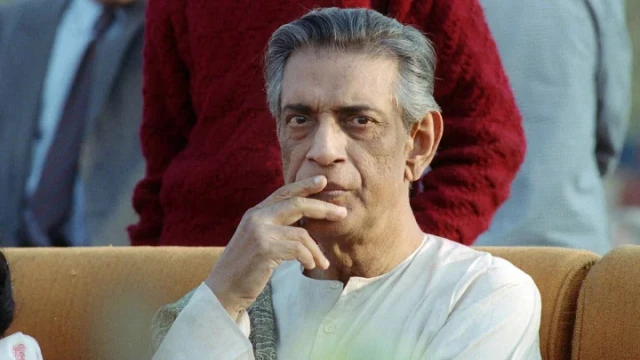

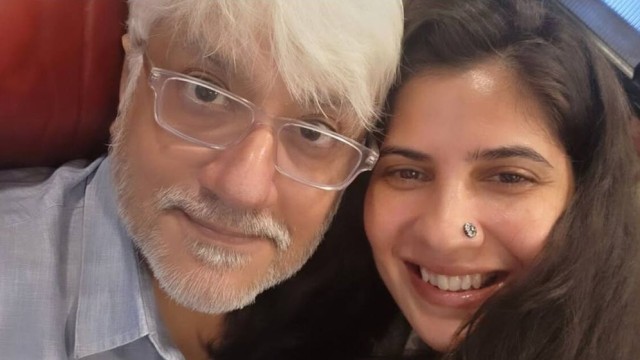
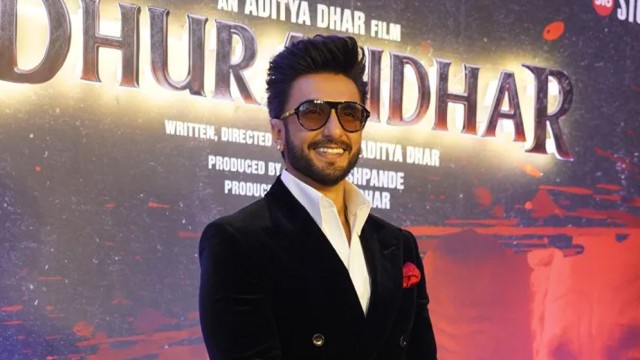



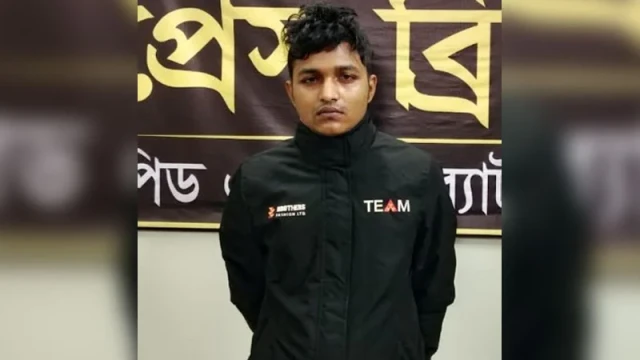

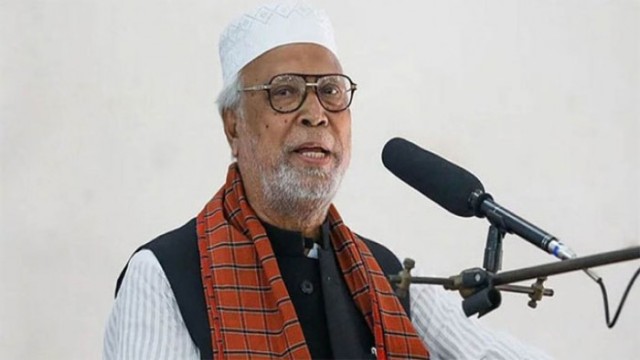
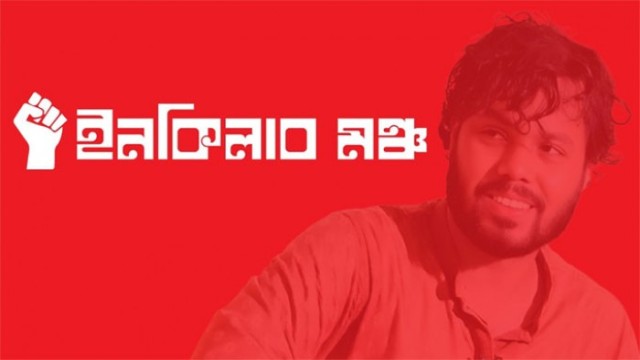




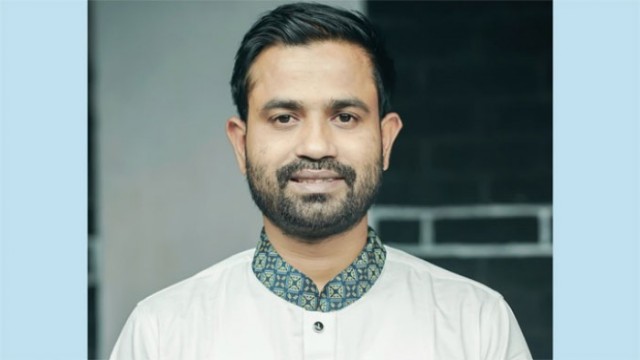




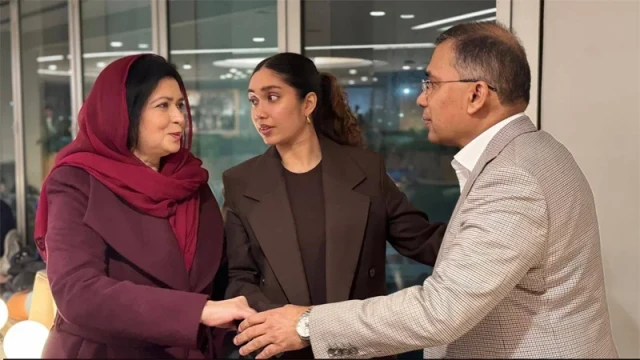
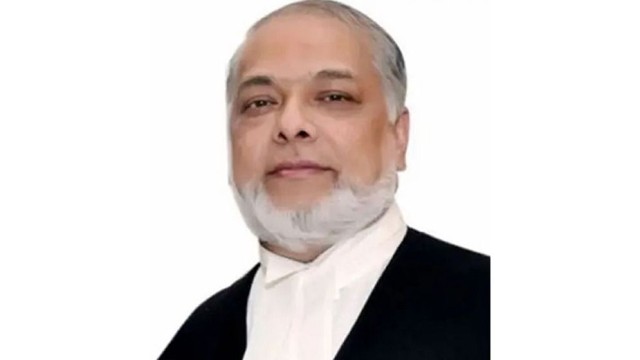



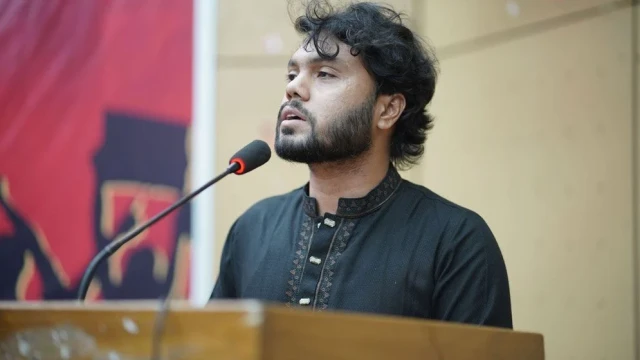
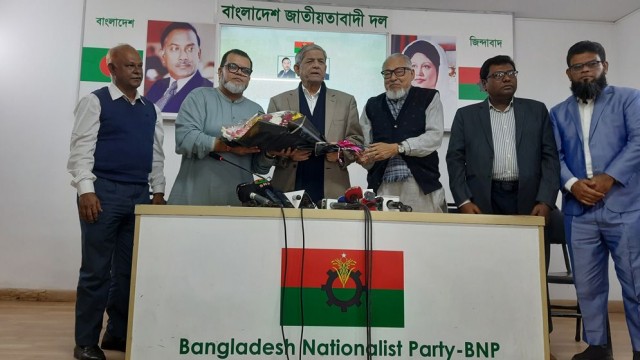

Comment: